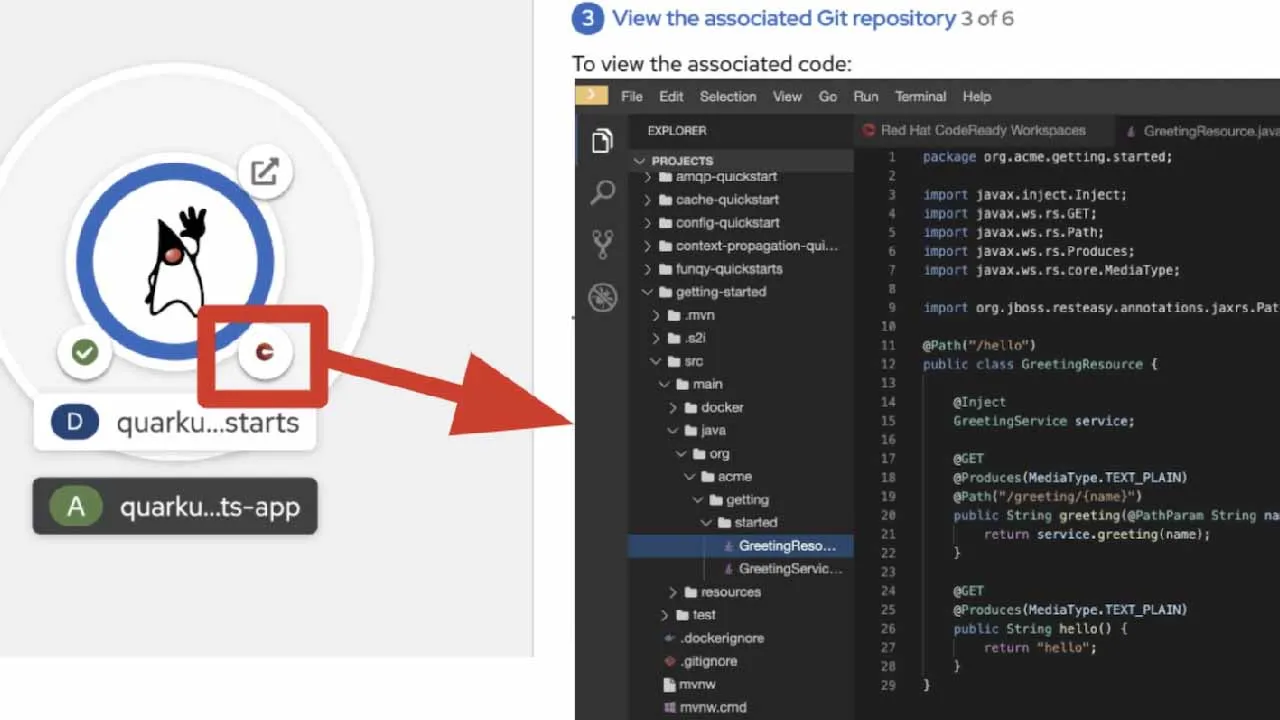Quarkus Quick Starts on Developer Sandbox
Java developers are usually required to take many actions before we can begin developing and deploying cloud-native microservices on Kubernetes. First, we have to configure everything from the integrated development environment (IDE) to build tools such as Maven or Gradle. We also need to configure the command-line tools used for containerization and generating the Kubernetes manifest. If we don’t want to spin up a Kubernetes cluster locally, we also must connect to a remote Kubernetes cluster for continuous testing and deployment.
Developers should spend less time on configuration and more time accelerating the inner-loop development cycle of building, testing, and deploying our applications. Ideally, we should be able to continuously develop applications in a pre-configured Kubernetes environment.
This article is a guide to configuring Java applications using Quarkus quick starts in the Developer Sandbox for Red Hat OpenShift. As you’ll see, using quick starts in the developer sandbox lets you focus on the inner loop of development, without needing to configure the Kubernetes cluster or development tools.
Developers using the developer sandbox have access to a shared, multi-tenant Red Hat OpenShift 4 cluster with a set of pre-installed developer tools such as a web-based IDE and Red Hat CodeReady Workspaces. You can get started in less than five minutes with a free Red Hat developer account. To learn more about the developer sandbox, click here.
Step 1: Launch your developer sandbox
Step 2: Explore Quarkus quick starts
Step 3: Open your first Quarkus quick start
Step 4: Run the ‘Get started with Quarkus using S2I’ quick start
Task 3: View the associated Git repository
Task 6: Run the Quarkus application
Step 5: Finish the quick start
#openshift #microservice #quarkus #quickstart
